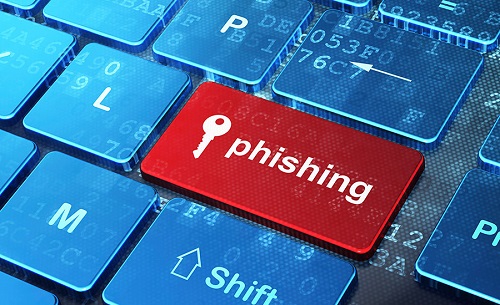Lookout Inc., an endpoint to cloud security company, releases today its 2022 Government Threat Report which examines the most prominent mobile threats affecting federal, state and local governments in the United States. Lookout data reveals mobile phishing and device vulnerability risk within U.S. government agencies has increased since 2021.
According to a Lookout analysis of data specific to federal, state, and local government entities from the Lookout Security Graph, government employees were the target of almost 50 percent of all phishing attacks in 2021, up from 30 percent in 2020.
In addition to the increase in phishing attacks for government employees, the report findings include:
- Federal, state, and local governments increased their reliance on unmanaged mobile devices at a rate of 55 percent from 2020 to 2021, indicating a move toward BYOD to support a larger remote workforce.
- One in eight government employees was exposed to phishing threats. With more than 2 million federal government employees, this represents a significant potential attack surface as it only takes one successful phishing attempt to compromise an entire agency.
- There was a steady rise in mobile phishing encounter rates for state and local governments across managed and unmanaged devices, increasing at rates of 48 percent and 25 percent respectively from 2020 to 2021. This steady climb continued through the first half of 2022.
- Nearly 50 percent of state and local government employees are running outdated Android operating systems, exposing them to hundreds of device vulnerabilities. This is an improvement versus 99 percent in 2021.
Government organizations store and transmit a variety of sensitive data, the security of which is essential to the well-being of hundreds of millions of people. In the case of government organizations, the potential fallout from a breach that results in leaked data, stolen credentials or a forced halt to operations due to ransomware can have a disproportionate impact compared to a typical cybersecurity incident.
Additionally, government employees use iOS, Android and ChromeOS devices every day to stay productive and increase efficiency. This makes them targets for cyberattacks. Only a modern endpoint protection solution can detect mobile threats in apps, device operating systems and network connections, while also protecting against credential harvesting and malware delivery attacks through phishing. Due to the personal nature of smartphones, tablets and Chromebooks, endpoint security must protect the user, the device and the organization while respecting user privacy.
“It’s more important than ever for government agencies to keep pace with the evolution of the cyber threat environment,” said Tony D’Angelo, vice president, of Americas Public Sector, Lookout. “Regardless of whether devices are managed, protecting these modern endpoints requires a different approach — one that is built from the ground up for mobile. Only a modern endpoint protection solution can detect mobile threats in apps, device operating systems, and network connections while also protecting against phishing attacks that steal credentials and deliver malware.”
To learn more, visit www.lookout.com.









